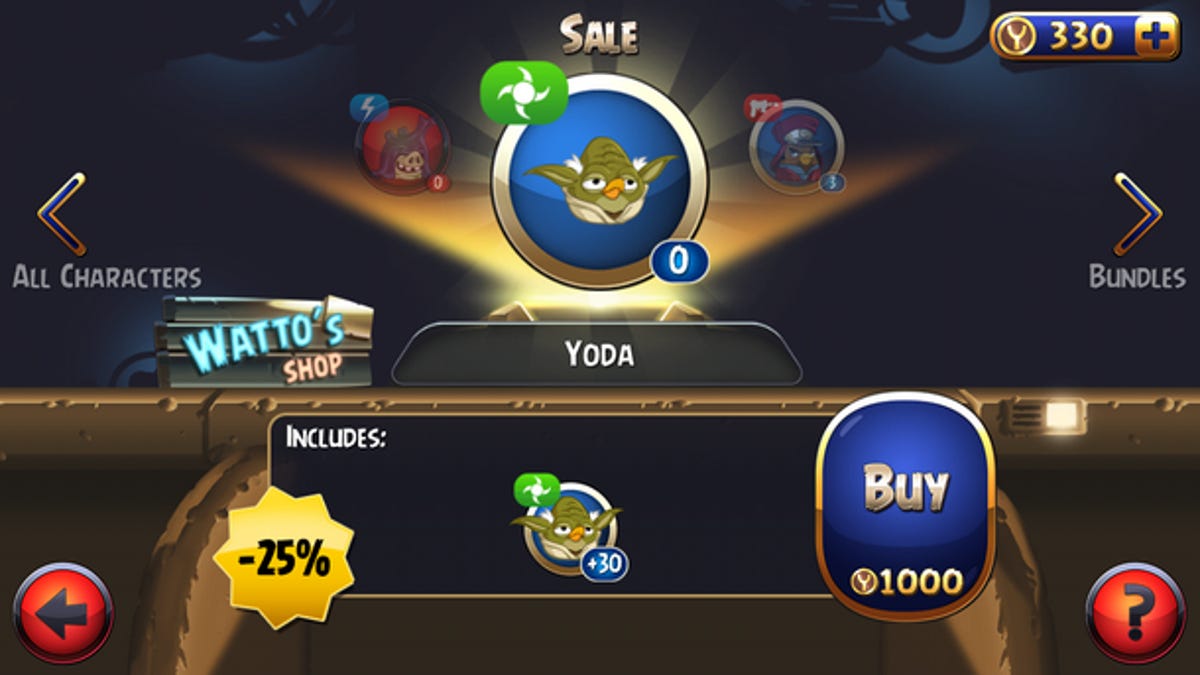The roads to freemium: Turning downloaders into customers
<b>commentary</b> With paid apps a tough sell and mobile advertising a slog, app makers are getting craftier at finding ways to to get paid.

Apps can do amazing things. They can make connections. They can make make recommendations. They can make music. But one thing they often can't do very well is make money.
Enticed by the relatively low cost of development and the high volumes of smartphones and tablets, developers, and particularly game developers, have offered many paid apps at low prices -- often 99 cents. Many know the apps-to-riches story of Rovio, which created the enormously popular Angry Birds franchise. But particularly as the prices of tablets and data plans continue to tumble, app makers are attracting less-affluent consumers for whom it will be harder to justify paying for apps.
Some developers, then, have tried their hand at new revenue models that have been slow to develop, such as mobile advertising, or have given away the apps for free from the start. But the technique that has been growing in popularity lately is a variation that combines the far superior distribution of free apps, the ongoing opportunity that is squelched by a trial app, and the revenue potential that comes with transactions. For games, in-app purchases often consist of digital goodies such as new characters and new powers or upgrades.
But developers are taking other creative ways to drive revenue from products given away.
Bundling. Showing that not every freemium app has to start on mobile, Connectify, the Philadelphia-based developer of software that turns your PC into a hot spot so that it can share an Internet connection, has turned that functionality inside out with Dispatch, which enables a PC to take advantage of multiple available Internet connections, say, Wi-Fi and 4G, at the same time. Dispatch recently converted to a freemium model and the app is being bundled with Connectify Hotspot.
Ponying up $25 per year or $40 for a lifetime license unlocks such benefits as application-specific settings and unlimited usage.
Business expansion. One of the most popular freemium cross-device apps is Evernote. The company has long offered a premium service that provides offline access to one's notes as well as more security for their contents. But subscription services can be a tougher sell than one-time upgrades. The app has long had a "Trunk" feature that allows users to purchase related apps.
Now it's branching out into physical accessories such as $500 sheet-fed scanners, $240 backpacks and even $17 striped socks sold by the five-pack. Not only is the gambit unintuitive but it creates another hurdle to monetization, as consumers must buy the upscale items. On the other hand, one does not even need to be an Evernote user to buy in.
Distribution partnership. Sometimes, apps are given away to consumers because the real revenue model lies elsewhere. This is of course a popular ploy among established businesses such as banks and cable companies, but it can also be used when a company has its eyes on business users.
Dropbox, for example, offers two years of 50GB of storage to those who buy certain Samsung products with the app bundled. Google and Microsoft have also heaped on hundreds of gigabytes for Google Drive and SkyDrive for those who buy a Chromebook Pixel or Surface. The cloud storage services win because customers ultimately have to pay to keep those generous quotas.
While the methods may vary, they all ultimately rely on trying to cast a wide net in order to turn downloaders into customers. Relatively few freemium app users upgrade to a paying tier and, unless the free tier comes with at least a trial of premium features, users may not get to experience all that an app has to offer.
All that said, freemium is a winning model because a company gets revenue from those for whom the product provides the most value.

